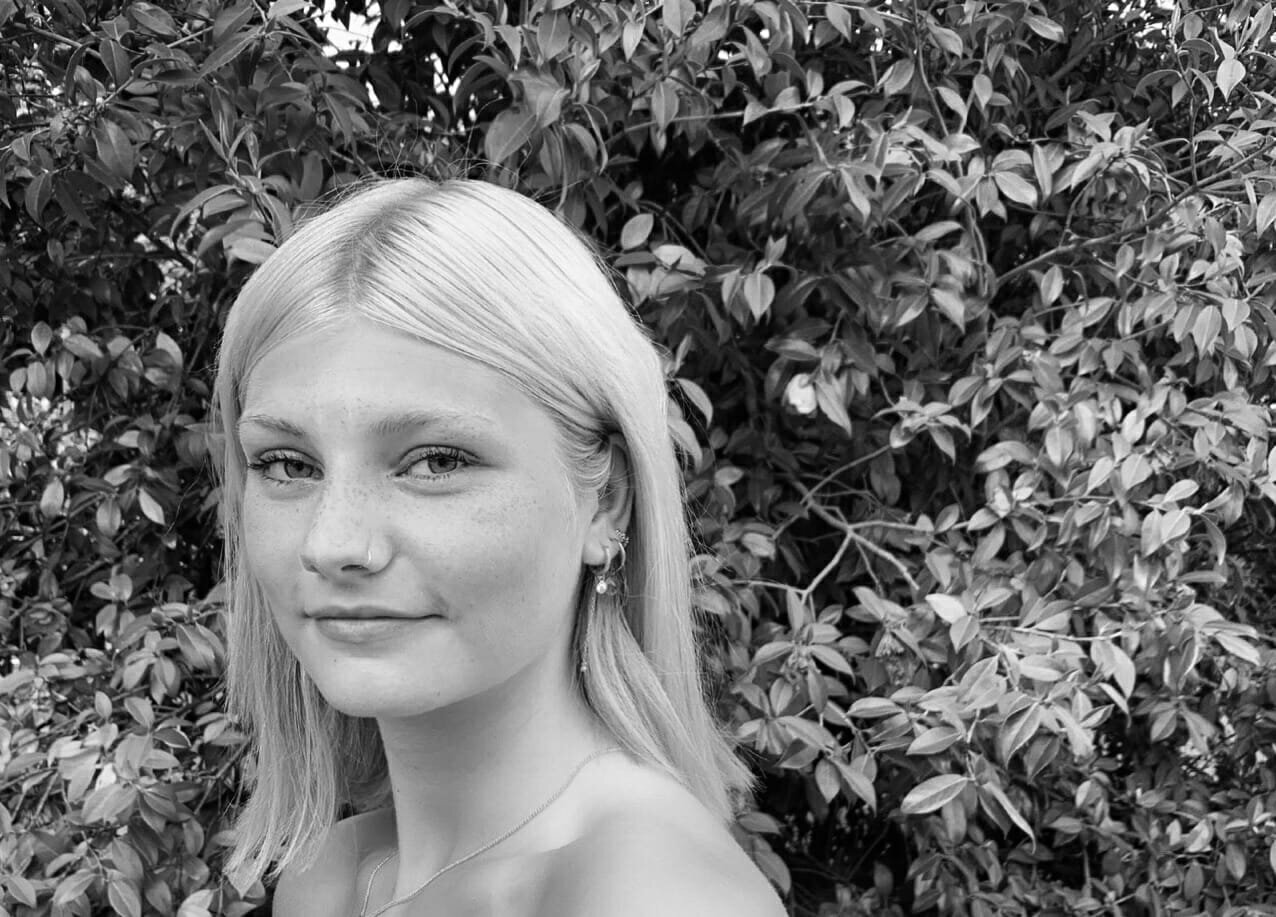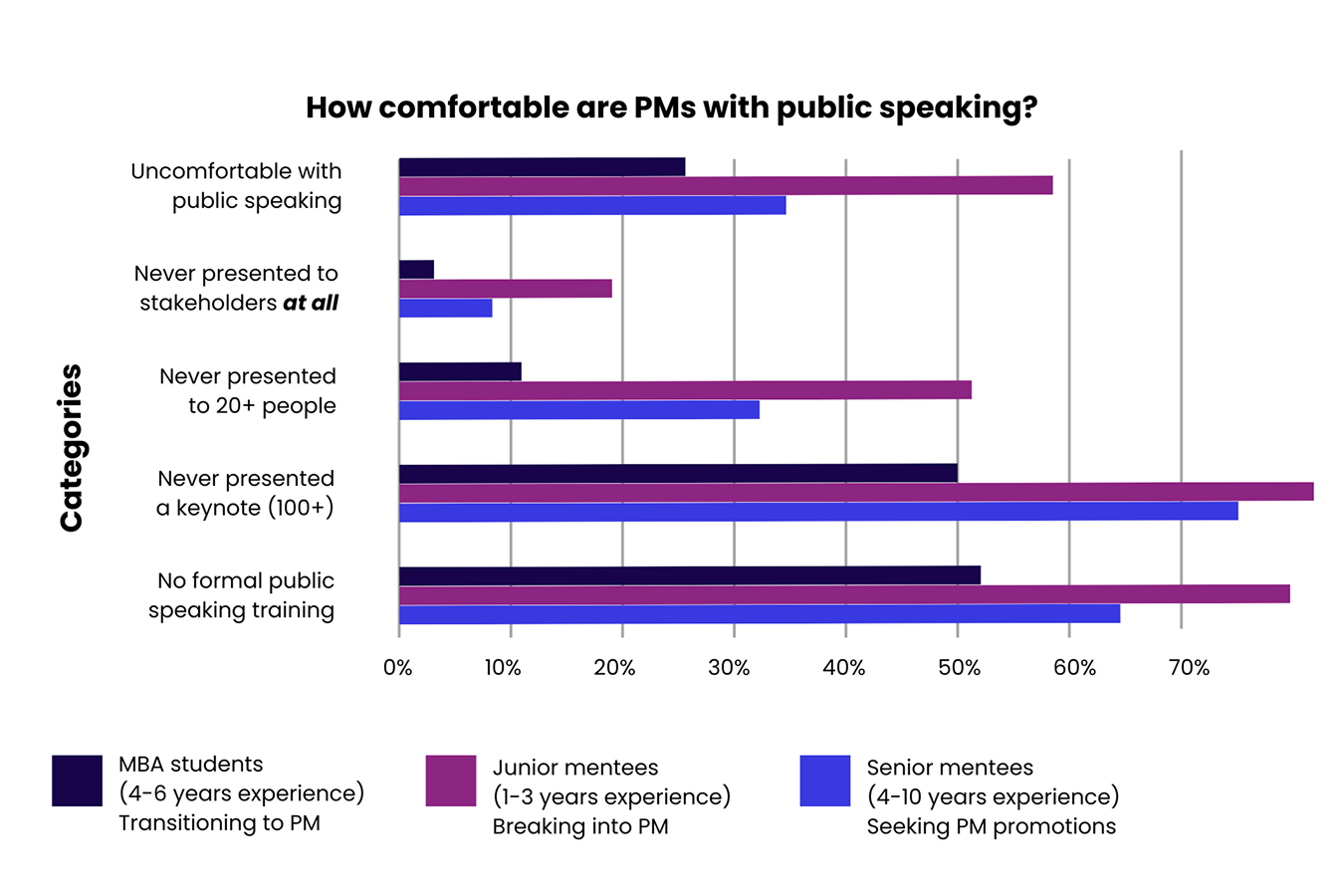In this ProductTank Edinburgh talk, independent product consultant and organisation design consultant Kate Leto talks about how to approach hiring in a different way.
Watch the video in full, or read here for an overview of her key points:
- Working towards a balanced product practice by focusing on human skills, as well as technical.
- 3 steps to change your hiring process.
- Creating change on a personal and team level.
Working towards a balanced product practice
Kate Leto defines product management as a practice made of two dimensions: technical skills and human skills. The two are interconnected, Kate says, as there is a human skill attached to every task carried out using technical skills. In her view, today’s product community places too much emphasis on technical skills such as roadmaps, design sprints or OKRs and KPIs. Kate explains that in order to create a more balanced product practice, you should place equal value and focus on human skills. One of the main areas to make this transition, she says, is in the hiring process.
Kate explains the traditional hiring process is outdated and too rigid, allowing us to lose sight of the skills needed in product people. Hiring mistakes are expensive. As Kate points out, staff turnover costs range from 120-200% of annual salary and only 11% of employees leave due to lack of technical skills. As Kate puts it, this means “we’re missing out on a prime opportunity to focus on human skills and hire for them”.
3 steps to better your hiring process
1. Build a role that matters
Kate points out that while 80% of hiring managers think role descriptions are important, 50% cut and paste them. By doing this, she highlights how “we therefore create an expectation of a person who is unlikely we will be able to meet”. To avoid this, she suggests using her role canvas.
Kate’s role canvas consists of four elements: Purpose, Accountabilities, Human Skills and Technical Skills. Kate advises using the canvas as a communication tool with your hiring team, as this integrates human skills into your process and produces a greater alignment on what you are looking for in a candidate.
2. Prepare meaningful questions
By meaningful questions, Kate means ask behavioural-based interview questions. For example, “Have you ever encountered someone at work who was unreasonable? What did you say?”. Kate demonstrates that by listening to theresponse, you gain insight into how the candidate behaves at work and the human skill criterion is met.
3. Reflect and respond
Kate outlines how a linear hiring process cannot lend itself to a non-linear product process. A product team must therefore build in moments for reflection and retrospection, so “you can continuously learn through your hiring process”. For example, Kate suggests a calibration meeting, a plan for monthly role retros, evaluating the role that you created and building up your “hiring batting average”.
Creating change on a personal and team level
Kate concludes her talk with the key point that “the secret to building a balanced product practice is you”. In order to hire a new team member with human skills, you must have them yourself. By implementing this change, hiring becomes an opportunity for both self and team development because hiring is an agent of change and growth.
Find out more at kateleto.com






